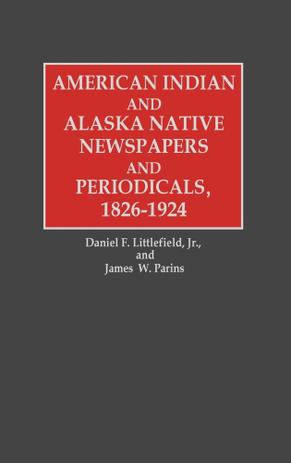

A committee of members from recognized tribes and groups reviews applications. Since 1979 the commission has coordinated procedures for recognition. The benefits of state recognition range from being eligible for membership on the Commission of Indian Affairs and for program funding, to securing a rightful place in history. The modern federal government has likewise recognized North Carolina’s rich American Indian heritage and history. The relationship between North Carolina and its tribes is well documented in statutes in rules and regulations that govern statefunded programs and in rules associated with historic Indian schools, court rulings, and faith organizations. Commission of Indian Affairs in 1971 offers strong evidence that the state has a positive relationship today with its American Indian citizens, tribes, and groups. But the General Assembly’s creation of the N.C. Some may think of treaties involving land as the only example of government relationships with Indians over the years. The federal Lumbee Act of 1956 recognized that tribe in name only. The Eastern Band of Cherokee Indians is the only North Carolina tribe officially recognized by the federal government. North Carolina also has granted legal status to four organizations representing and providing services for American Indians living in urban areas: Guilford Native American Association (Guilford and surrounding counties), Cumberland County Association for Indian People (Cumberland County), Metrolina Native American Association (Mecklenburg and surrounding counties), and Triangle Native American Society (Wake and surrounding counties).

Meherrin (Hertford and surrounding counties).Haliwa-Saponi (Halifax and Warren counties).Lumbee (Robeson and surrounding counties).Eastern Band of Cherokee (tribal reservation in the Mountains).The State of North Carolina recognizes eight tribes:

The number is more than 130,000 when including American Indian in combination with other races. This total is for people identifying themselves as American Indian alone. Census, 99,551 American Indians lived in North Carolina, making up 1.24 percent of the population. North Carolina has the largest American Indian population east of the Mississippi River and the eighth-largest Indian population in the United States. See also: Native American Settlement North Carolina's Native Americans (collection page) Tar Heel Junior Historian Association, NC Museum of History Reprinted with permission from the Tar Heel Junior Historian, Fall 2005.

The ‘three chalk’ portrait showed Govil in a turban, and focused in detail on his features, evoking comparisons of Sterner’s style with the early 16th-century British artist, Hans Holbein the Younger.American Indian Tribes in North Carolina Originally published as "The State and Its Tribes" Fourteen years ago, a portrait of Govil then aged 23, earned for the artist Albert Sterner considerable recognition in the US. Image from the personal collection of Sylvia Vita. This font, when placed in a Mergenthaler (the manufacturing company) linotype machine, could be used for languages-Hindi, Marathi, Gujarati, Avadhi and others-that used the Devanagari script. The scale of his achievement is evident from the fact that Govil and his collaborators adapted nearly a thousand characters in the Devanagari script to fit into a 90-key linotype matrix. The font he devised “broke” several Devanagari characters, as shaped by vowels and consonants used independently or in conjunction with each other. His ‘invention’ would lead to a radical change in South Asia’s growing book and newspaper printing industry. In 1937, Brooklyn-based Indian Hari Govind Govil patented a “typeface” for a linotype machine that adapted the complex Devanagari script to make it compatible for use in a printing press.


 0 kommentar(er)
0 kommentar(er)
